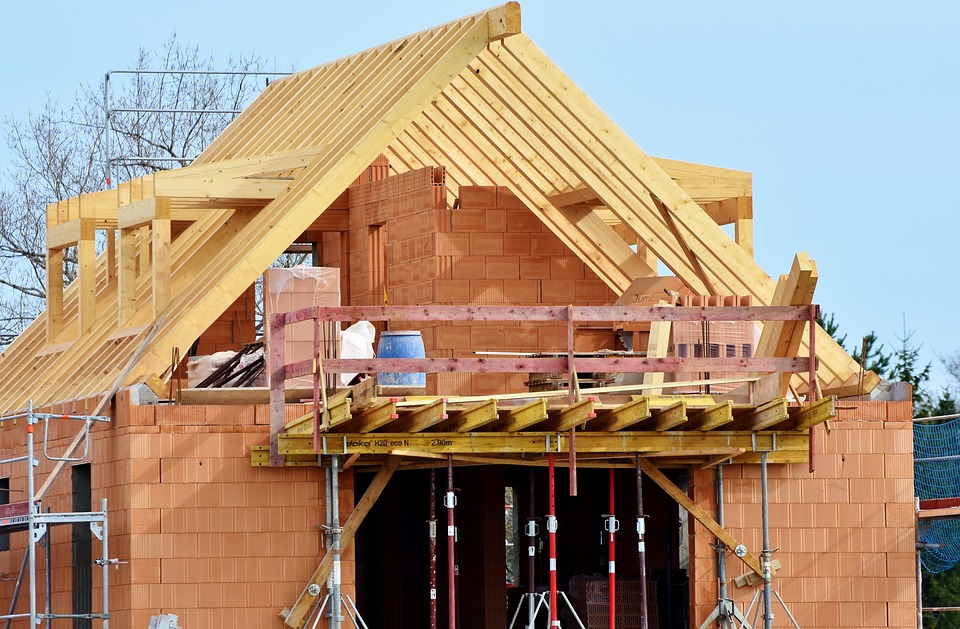Building the homes and infrastructure this country needs has to be a key priority for the new government to help drive the economy forward.
This is the view of Brian Berry, chief executive of the Federation of Master Builders, but is a sentiment echoed by many.
Berry commented: “The government needs to back the nation’s army of small builders, by delivering on the promised £3 billion National Skills Fund, investing in quality through a licensing scheme for the whole UK construction industry, and supporting local builders to retrofit the millions of homes that need to be upgraded to low carbon.”
Richard Beresford, chief executive of the National Federation of Builders, said: “The Brexit deadlock has negatively impacted the productivity of construction and housebuilding but our members will be breathing a sigh of relief that a direction of travel can now be set.
“With so many commitments to small business, housing and the climate, we look forward to supporting Prime Minister Johnson to deliver his manifesto and ambitions.”
Custom and self build
Andrew Baddeley-Chappell, CEO of the National Custom and Self Build Association (NaCSBA) welcomed the new government and its manifesto to ‘support community housing by helping people who want to build their own homes find plots of land and access the Help to Buy scheme’.
In particular, NaCSBA will be pressing for action on Help to Buy for custom and self build homes helped by the “oven ready” version of the scheme that it has helped to develop. NaCSBA has also identified actions needed to remove loopholes from the current Right to Build legislation and regulations.
This follows the recognition by the previous Conservative government that “the way in which the house-building market operates constrains the supply of new homes because there is insufficient competition and innovation”.
Green homes
The Builders Merchants Federation (BMF), the trade body representing the UK’s multi-billion pound building materials’ sector, is calling for swift action from the new government to transform the construction industry.
John Newcomb, chief executive of the BMF, wants Conservative leaders to set the conditions for a more productive, greener sector, which in turn will protect and create jobs across the UK.
He said: “Now the real work begins and we need to see a policy and real action to build homes, eliminate carbon in our housing stock and create prosperity.
“We keenly await news of the appointment of both the next housing minister and climate change minister as they have responsibilities affecting the building materials’ supply chain.”
The BMF said ministers must focus on two major issues, namely the narrowing of the gap between housing demand and supply, and the decarbonisation of heating and electrification of homes with sustainable means.
Newcomb added: “On new housing, BMF members want to see unrelenting political determination behind concerted action to simplify and speed up planning approvals for uncontroversial applications to increase housing completions.
“The whole thrust must be implementation, so BMF members can invest confidently in the people and materials and products needed.
“Early clarification on what the future holds for the ‘Help To Buy’ Scheme would be very welcome as a start.
“With regard to decarbonising homes, BMF members have a key role to play as they make and deliver the majority of materials and products used to provide low carbon solutions for today’s housing.
“The BMF urgently wants a coherent, long-term framework that combines better insulation, efficient boilers and low-carbon, micro-generation on the road to net zero carbon emissions.
“Reducing VAT from 20% to 5% on home improvement works is central to this and the BMF, along with others in construction, have already written to Mr Johnson to outline the economic, environmental and social benefits from improving existing properties with a lower VAT rate.”
The BMF has put the value of the builders’ merchant and building material supply sector at £56 billion – which directly provides more than 330,000 jobs, across 23,000 companies in the UK.
Newcomb concluded: “An incredible 80 per cent of all building products used in the construction of homes and buildings are manufactured in the UK.”
New build sector
Founder and CEO of Stone Real Estate, Michael Stone, believes the outlook for the new build sector is good: “We’ve seen many big housebuilders operate on a more hands-off basis of late, largely due to a lower rate of house price growth and a fear of financial underperformance in tough market conditions.
“However, the new build sector has actually been the silver bullet against Brexit uncertainty with those opting to enter the fray rewarded with consistent levels of buyer demand and buoyant sold prices to match.
“With things only about to get better, the new build sector can expect a busy time over the coming year as pent up market apprehension surrounding our political landscape is relieved to a degree, and more homes are built, more homes are bought, and market sentiment receives a well-needed boost.”
By Joanne Atkin
Source: Mortgage Finance Gazette


